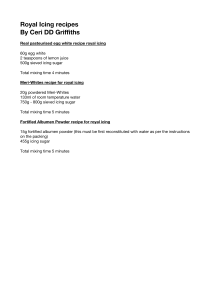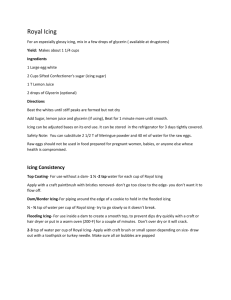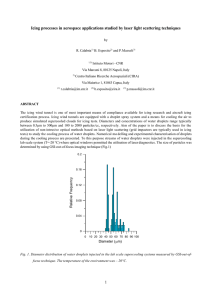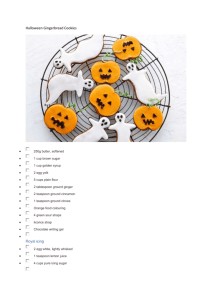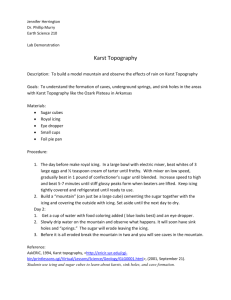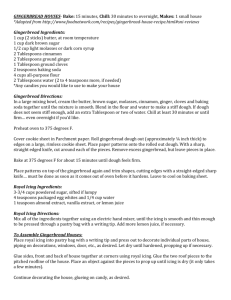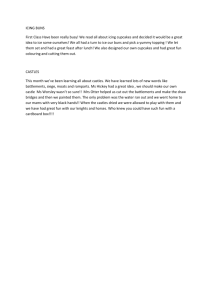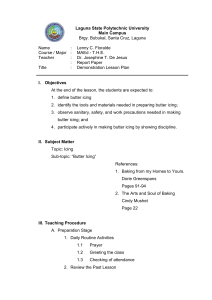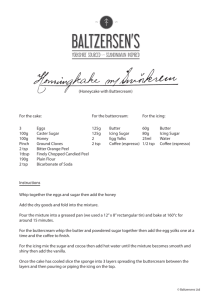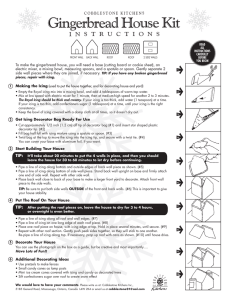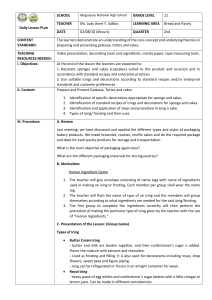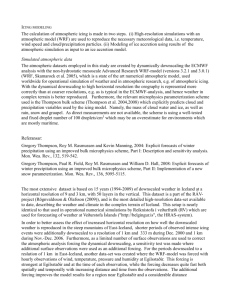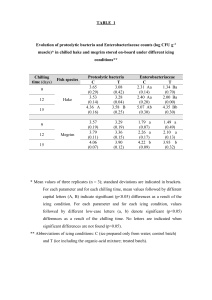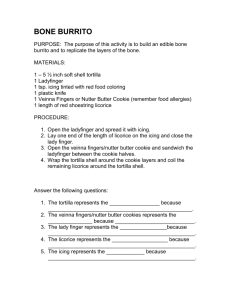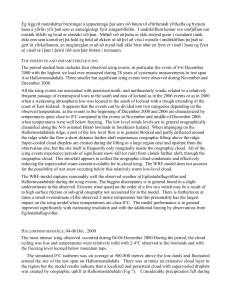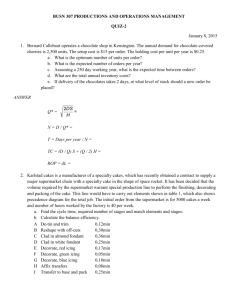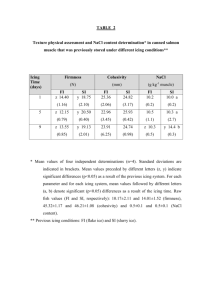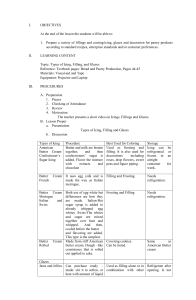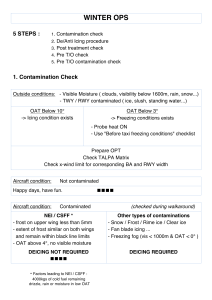Physics Holiday House
advertisement
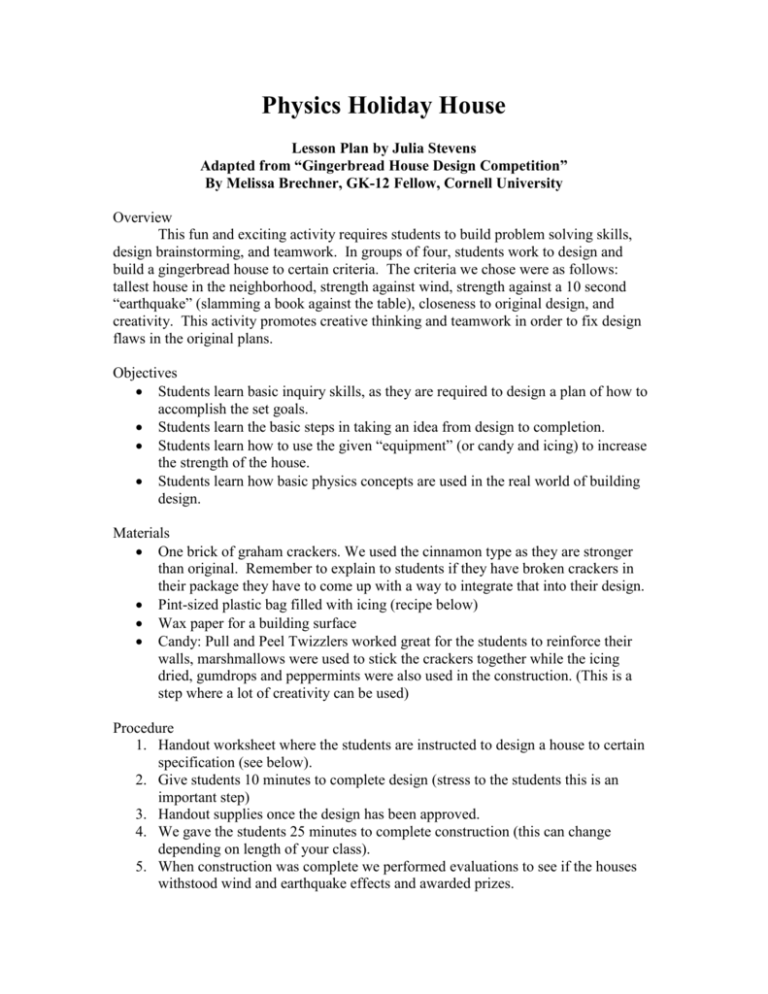
Physics Holiday House Lesson Plan by Julia Stevens Adapted from “Gingerbread House Design Competition” By Melissa Brechner, GK-12 Fellow, Cornell University Overview This fun and exciting activity requires students to build problem solving skills, design brainstorming, and teamwork. In groups of four, students work to design and build a gingerbread house to certain criteria. The criteria we chose were as follows: tallest house in the neighborhood, strength against wind, strength against a 10 second “earthquake” (slamming a book against the table), closeness to original design, and creativity. This activity promotes creative thinking and teamwork in order to fix design flaws in the original plans. Objectives Students learn basic inquiry skills, as they are required to design a plan of how to accomplish the set goals. Students learn the basic steps in taking an idea from design to completion. Students learn how to use the given “equipment” (or candy and icing) to increase the strength of the house. Students learn how basic physics concepts are used in the real world of building design. Materials One brick of graham crackers. We used the cinnamon type as they are stronger than original. Remember to explain to students if they have broken crackers in their package they have to come up with a way to integrate that into their design. Pint-sized plastic bag filled with icing (recipe below) Wax paper for a building surface Candy: Pull and Peel Twizzlers worked great for the students to reinforce their walls, marshmallows were used to stick the crackers together while the icing dried, gumdrops and peppermints were also used in the construction. (This is a step where a lot of creativity can be used) Procedure 1. Handout worksheet where the students are instructed to design a house to certain specification (see below). 2. Give students 10 minutes to complete design (stress to the students this is an important step) 3. Handout supplies once the design has been approved. 4. We gave the students 25 minutes to complete construction (this can change depending on length of your class). 5. When construction was complete we performed evaluations to see if the houses withstood wind and earthquake effects and awarded prizes. Tips Encourage students to follow their plan. This is a major issue in real-world design, and if something needs to be re-designed make them have an explanation of why. If you decide to test the strength of the house (i.e. how much weight it can hold), give the icing over night to dry. This lesson gets messy so leave enough time for clean-up. By the end of the day my clothes were covered in powdered sugar. Emphasize teamwork! This activity can get very frustrating for the students when their original designs fail. The students got loud and a little wild in my classes, so be prepared to call time up with a rather loud device. We used a computerized timer that had a loud chime at the end. Icing Recipe 3 cups Confectioners Sugar 3 tbsp Liquid egg whites 1 tsp Cream of Tarter powder 3 tbsp water Whip icing with electric mixer until ingredients liquefy. Immediately put icing into plastic baggies because this is quick hardening icing. House Design Competition Rules: Your team has 10 minutes to design a house to Ms. Stevens’ and Mrs. Stone’s specifications. Your design MUST have an approved stamp before construction starts (or your team will be disqualified!!!). Once your design is approved, you will have 25 minutes for construction. The houses will have 20 minutes to dry before judging. At the end of class your house will be judged on the following criteria: 1. tallest house in the neighborhood, 2. strength against wind, 3. strength against a 10 second earthquake, 4. closeness to original design and 5. creativity! Design:
